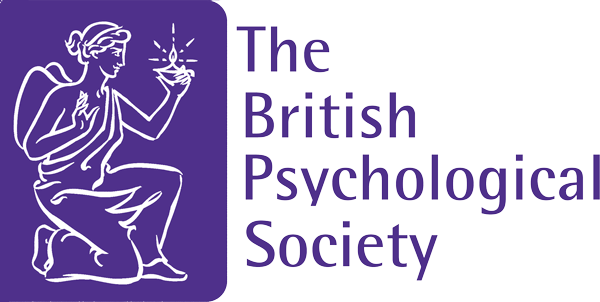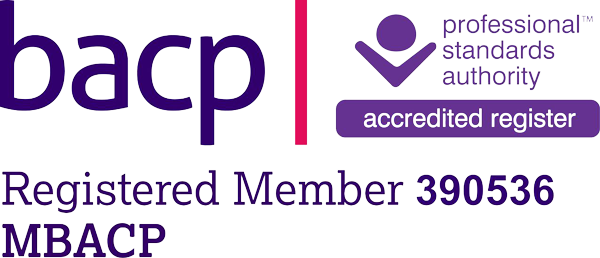We Are Here to Help
We Are Here to Help
Depression
Depression affects people in different ways and can cause a wide variety of symptoms such as:
- loss of interest in the things you used to enjoy;
- changes in sleep, appetite, weight, and physical health;
- difficulties to concentrate, remember things and make decisions;
- being preoccupied with negative thoughts;
- having a pessimistic view of the future;
- having suicidal thoughts or thoughts of harming yourself;
- feeling irritable, impatient, and intolerant of others.
Sadness can be described in many ways such as hopelessness or down and out. Everyone has felt some level of sadness, whether it was temporary or longer-lasting.
Sadness is a healthy emotion if you are able to use coping skills. Our approach addresses thoughts, feelings, and behaviors related to depression.
Our therapy builds cognitive and behavioral skills, encouraging clients to become more aware of their mood, behavioral patterns, and triggers, and better understand the expression of their emotions.
ACCEPT THE COMFORTABLE AND CONFIDENTIAL SPACE
TO EXPLORE YOURSELF
EXPLORE YOURSELF
Anxiety
Anxiety is a body response to distressing situations such as work, school, or general performance. People may experience a feeling of fear and excessive worry.
Anxiety becomes an issue when it is difficult to control the worry and is interfering with your social and occupational life.
Symptoms:
- excessive worrying about many aspects of life;
- feeling afraid as if something bad might happen;
- difficulties sleeping;
- irritability;
- feeling tense and feeling constantly fatigued.
The vicious cycle of anxiety
Breaking the cycle of anxiety
The main aim of treatment is to reduce anxiety and avoidance or safety-seeking behavior.
During the session, we are exploring the model of problem maintenance by identifying triggers, symptoms, thoughts, feelings and behaviors. We are learning how emotions are connected to body responses. Then, we are modifying thoughts and associated behaviors with specific CBT techniques.
One important step in reversing the anxiety cycle is gradually confronting feared situations. We will take it step-by-step. You start with situations from easy to handle to more challenging tasks.
If we do this, it will lead to an improved sense of confidence, which will help reduce anxiety and allow you to go into situations that are important to you. This allows you to build your confidence slowly, use other skills you have learned, get used to the situations, and challenge your fears about each situational exposure exercise. By doing this in a structured and repeated way, you have a good chance of reducing your anxiety about those situations.
Rationale for the use of Cognitive Behavioral Therapy (CBT).
NICE (2011) guidance for Generalized anxiety disorder (GAD) also indicates that CBT or applied relaxation are suitable treatment choices. CBT has also been shown to be highly effective in treating the pathological worry experienced in GAD. A meta-analysis by Covin, Ouimet, Seeds, & Dozois, (2008) also showed that interventions based on the Intolerance of Uncertainty model of GAD (Dugas, 2007) led to significant alleviation of chronic worry and was particularly effective over other models (such as Borkovec & Sharpless, 2004) in treating older adults with GAD.





